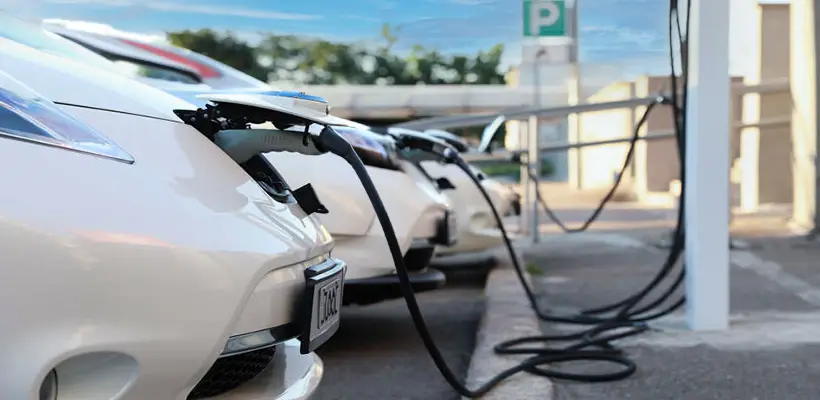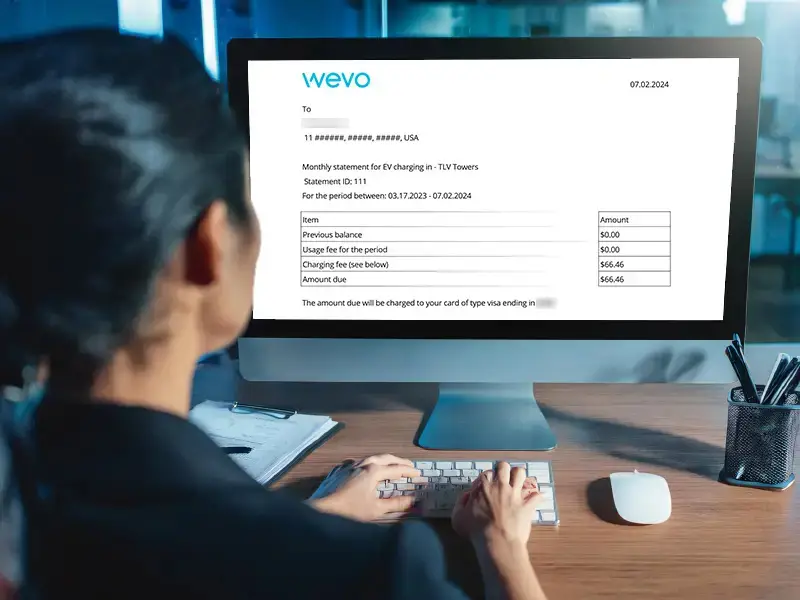Fleet electrification is becoming increasingly common as companies seek to reduce emissions and operating costs. Understanding what is fleet electrification is essential, as this trend is driven by technological advances, charging infrastructure availability, and financial incentives.
Fleet charging is an important aspect of fleet electrification planning. It can be a complex and time-consuming process, especially for companies with a large number of vehicles that need to be charged on a regular basis.
Top things to consider when electrifying your fleet:
- Charging infrastructure: The first and most important consideration is the necessary charging infrastructure. This includes ensuring that you have enough chargers for your fleet and that they are placed in convenient locations that are easily accessible to your drivers.
- Charging speed: Another key factor to consider is the charging speed of the chargers you use. If your fleet needs to be charged quickly, you may want to invest in chargers with higher power outputs.
- Charging costs: While generally much lower than fuel, the cost of charging your fleet can add up quickly. It’s important to consider the costs associated with charging your vehicles. This includes the cost of electricity, as well as any fees associated with using public charging stations.
- Vehicle range: The range of your fleet vehicles is an important consideration for fleet charging. If your vehicles have a limited range, you must plan for more frequent charging.
- Charging schedules: To ensure that your fleet is charged and ready to go when needed, you’ll need to develop a charging schedule that works for your business. This may involve scheduling charging times around the clock or only charging during certain times of the day.
Deciding where drivers charge
There are several scenarios for fleet charging, including charging at the workplace, employee homes, and public chargers.
- Workplace: One fleet charging option is installing chargers at the workplace. This can be convenient for employees who drive electric or hybrid vehicles as part of their job, as they can charge their vehicles while they are at work.
- Employee homes: Another option is to encourage employees to charge their vehicles at home. Employees can charge their vehicles overnight and have a full battery when they come to work in the morning.
- Public chargers: In addition to charging at the workplace or at home, fleet vehicles can also be charged at public charging stations. These stations are typically located in convenient locations such as shopping centers, parking garages, and along highways. Many public charging stations offer fast charging options, which can be useful for fleet drivers who need to charge their vehicles quickly.
Reimbursing for home charging
If your company allows employees to charge their vehicles at home, there are several options for reimbursing this expense:
- Miles reimbursement – One option is to offer an amount based on the number of miles driven in a given period. This option is relatively simple to implement, as it does not require tracking individual charging expenses.
- Actual cost – Another option is to reimburse employees for their actual charging expenses. To do this, employees must use smart chargers that connect to a management system that keeps track of their energy use. This system is also aware of the home electricity tariff. At the end of the month, the system calculates the actual cost incurred by the driver and integrates into the payroll system for reimbursement.
Charging on-the-go
Public charging and EV roaming are important tools for charging on the go:
Public charging stations are typically located in convenient locations such as parking garages, shopping centers, and along highways. Many public charging stations offer fast charging options. This is useful for drivers who need to charge their vehicles quickly. The fleet manager must reach a commercial agreement with a charge point operator (CPO). It would then provide drivers with that operator’s RFID or an App to use with the chargers.
Using EV roaming, fleet drivers can use charging stations by multiple charge point operators. In that case, the fleet manager reaches a commercial roaming agreement with multiple providers. The fleet manager then uses the fleet’s RFID or App to roam to those other networks. Behind the scenes, the OCPI protocol is used. Roaming can be useful for fleets that operate in multiple locations, as it allows them to access charging stations wherever they go.
Choosing the right EV fleet management platform
When choosing an EV fleet management platform, there are several factors to consider:
- Compatibility: The platform should be compatible with the vehicles in your fleet and any charging infrastructure you already have in place.
- Features: Look for a platform that offers the needed features, such as employee home charging reimbursement, workplace charger support and roaming to public networks.
- Scalability: Choose a platform that can grow with your fleet, whether you are a small company with a few vehicles or a large fleet with many vehicles.
- Integration: Consider whether the platform integrates with other systems that you use, such as billing and invoicing software or payroll systems.
- Customer support: Look for a platform with responsive customer support, as you may need help with setup or troubleshooting.
- Interoperability and security: The Open Charge Point Protocol (OCPP) is a communications protocol that enables interoperability between charging stations and central systems. Make sure that the platform you choose is OCPP certified. This will ensure interoperability and security and prevent vendor lockdown.
- Public network agnostic: The Open Charging Interface Protocol (OCPI) allows fleet operators to access and use charging stations from different networks, providing greater flexibility and range for their electric or hybrid vehicles. If you plan to use public charging, ensure the platform is compatible with this protocol.
Considering these factors, you can choose an EV fleet management platform that helps you manage your fleet efficiently.
Wevo Energy is a leading provider of software solutions for EV Fleets. We provide a software platform that supports every scenario: apartment complexes, workplaces, fleets, destinations, and public charging.


